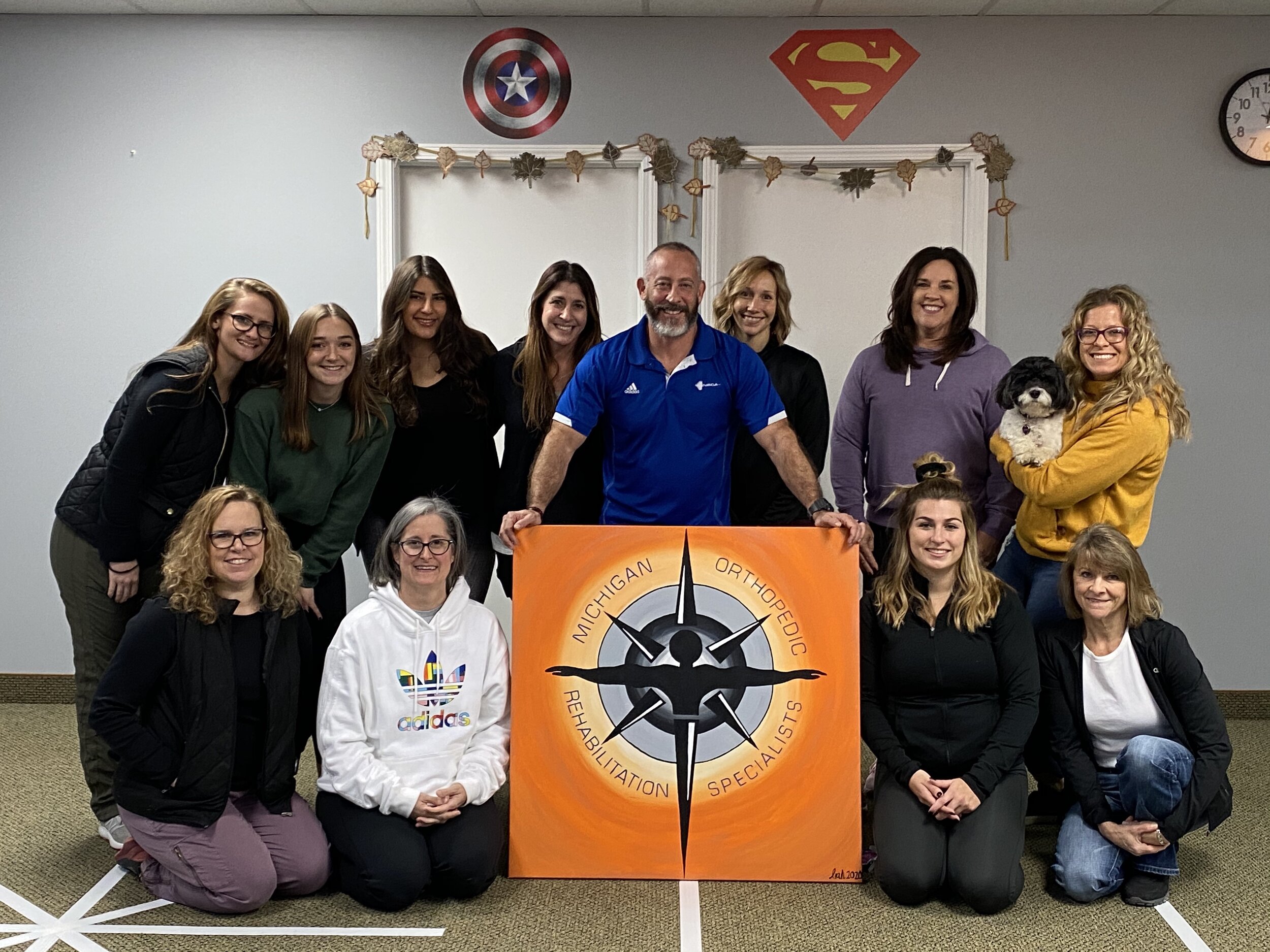Chronic discomfort is a major concern that frequently results from athletic traumas, affecting numerous athletes and physically engaged individuals. When someone suffers from a athletic trauma, such as a ligament injury, muscle tear, or break, the initial reaction usually includes pain and swelling. However, for some individuals, this discomfort does not diminish after the damage heals. Instead, they may continue to feel discomfort long after the initial injury. This persistent pain is known as long-term discomfort, and it can be challenging to manage. Understanding the complexities of chronic pain is vital for both patients and medical professionals to ensure effective rehabilitation.
A primary cause persistent discomfort can emerge after a physical trauma is due to the body's reaction to tissue damage. When bodily structures are injured, the system sends out signals to alert us of the injury. This response includes inflammation, which is part of the healing process. However, in some cases, this inflammatory response can become exaggerated or prolonged, resulting in ongoing discomfort even when the damage has healed. Additionally, psychological factors like anxiety and depression can contribute to how individuals experience sensation. Sports participants may feel anxious about resuming athletic activity, which can affect their interpretation of discomfort.

Chronic pain can significantly affect an individual athlete’s recovery process. It can affect their capacity to blog practice and compete at their usual standards. Sportspeople may find themselves unable to participate in training sessions or competitions due to fear of aggravating their injury. This situation can lead to emotions of frustration and isolation. When athletes cannot function as they did prior to their injury, it may also undermine their psychological well-being and self-esteem. As a result, treating both the bodily and emotional aspects of healing is essential for overcoming long-term discomfort.
Various treatment options are available for managing chronic pain after athletic trauma. Healthcare providers frequently suggest a combination of physiotherapy, pharmaceutical intervention, and alternative treatments like acupuncture or massage therapy. Rehabilitative exercise focuses on enhancing muscle power and flexibility while controlling discomfort through specific exercises. Drugs such as NSAIDs or pain relievers may be recommended to temporarily ease symptoms. Each patient’s condition is unique; therefore, developing a customized treatment plan that considers personal requirements and goals is essential for successful recovery.
In conclusion, persistent discomfort resulting from sports injuries is a multifaceted challenge that requires thorough consideration and intervention. It affects not only the physical component of healing but also the emotional well-being of sports participants. By understanding the underlying factors and effects of chronic pain, patients and healthcare providers can work together more efficiently look at here toward recovery. With targeted treatment strategies and rehabilitative resources in place, many individuals can overcome persistent symptoms and return to enjoying their favorite sports activities to the fullest.